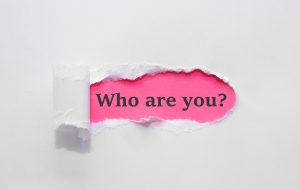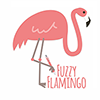When you first start writing a book it might be because you just want to tell a story. It could be a work of fiction or the history of your life. The question is, who are you writing it for? If you’re going to go to the effort of writing a book and getting it published, it’s important to put some effort into helping it find an audience. It could help you with the writing process too. Here are some things to think about when it comes to working out who your book is for.

It helps you to write
Knowing who you’re writing for helps to give your book some focus. That can help you with everything from structuring the story to using the right language. Every book needs a good hook that will catch the readers’ attention and make them want to know more. When you know who your reader will be, you can create a hook that will resonate with them.
Part of this process is understanding your why. Why does your story need to be in a published book rather than your private diary? This is especially important with self-publishing – if your why is entirely financial you need to find another reason.
Educate, inspire, entertain
When I wrote my book, ‘Unflip’ (click here to read more, on sale in December 2022), I wanted to give other people the book I wanted to read when I was first diagnosed with AS. It was the early days of the internet so there wasn’t the same access to online support communities that there is now. I wanted a book that would support me, with stories from ordinary people who’d found things that had or hadn’t worked. All I found were medical textbooks or scary stories from people in the community who’d been older than me when they were diagnosed. I couldn’t find anything from someone close to my age who’d been through it themselves. It meant that when I started writing I knew that I was talking to someone who needed the same things I had back then.

What is the format going to be?
This sounds obvious, but different readers want different types of books. If you’ve written your life story as a keepsake for your family a hardback book is perfect. Paperbacks and eBooks have distinct audiences, although there will be a lot of overlap. Some people want to read fiction on their eReader while others prefer a physical copy. Business books work well as eBooks as they’re convenient for your audience and you can send copies out by email if you’ve created it as a lead magnet. Children’s books, especially picture books, work better in paperback as it means your reader can sit and share it with their child without worrying about adding extra screen time.

Create a reader avatar
If you’re ready to get some clarity on the person your book is for, it’s time to create a reader avatar. Who is the one person you want to pick up your book? Ask yourself who will enjoy it, or who it’ll help. Think about how old they are, what they do for a living and how they spend their spare time. If you’ve written your book to promote your business you’ve probably been through this process already, but it’s worth going over it again.
Having a clear picture of your reader gives you a focus for your book. It will also help you to design and market your book so it reaches the right audience.
Do you want to find out more about self-publishing? Get in touch or come and find me on social media.







